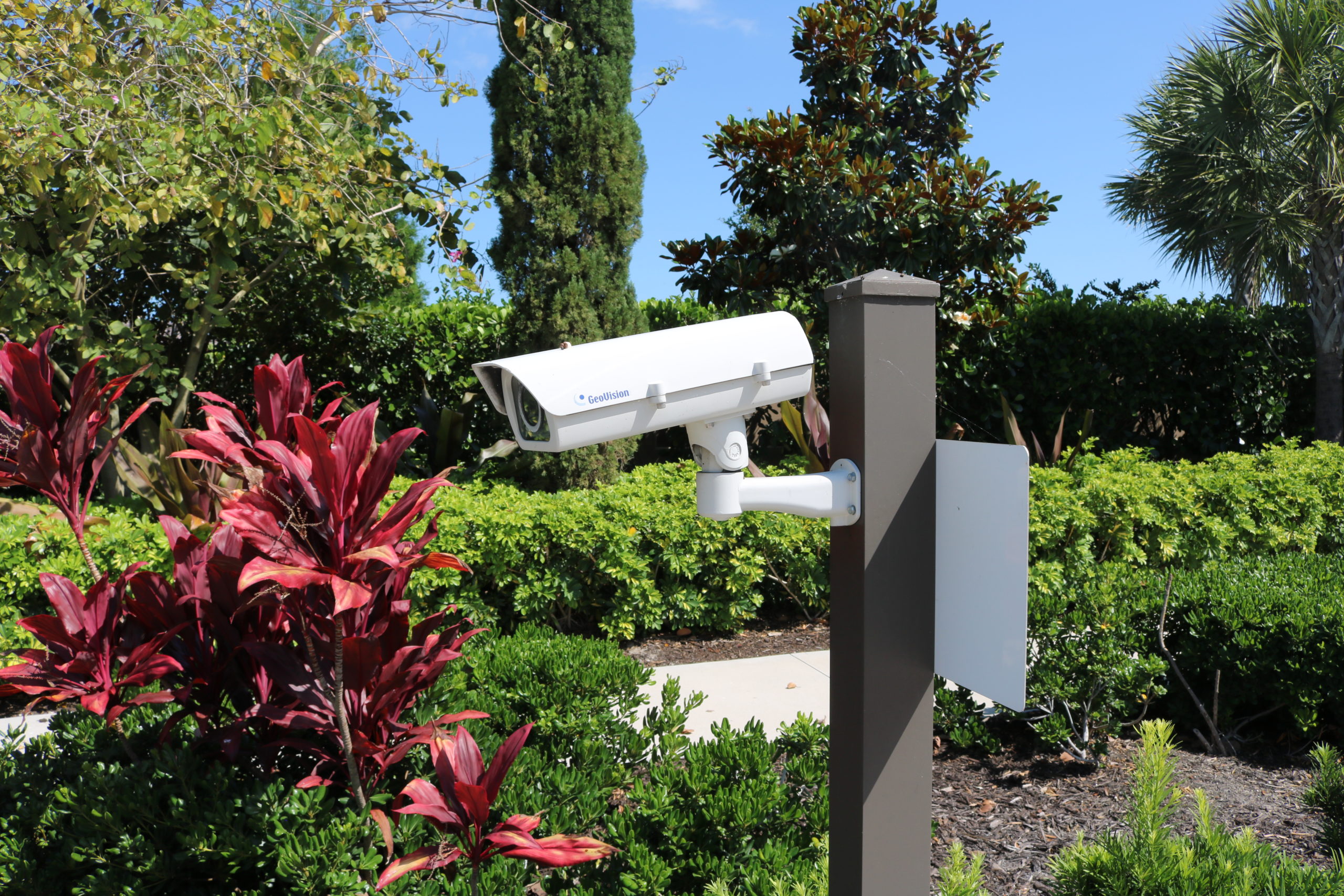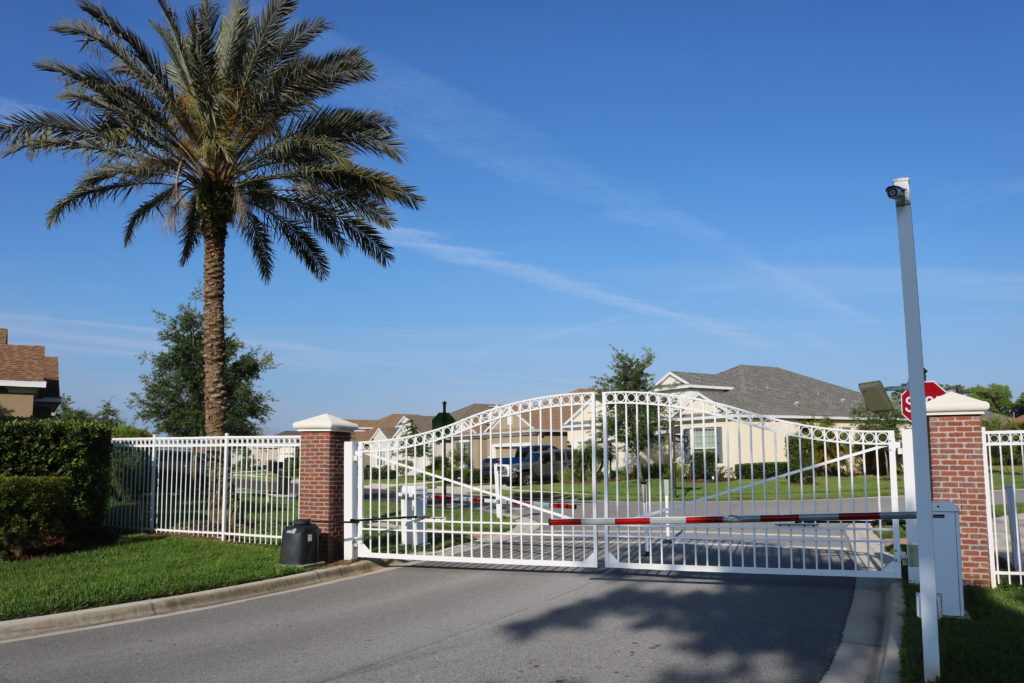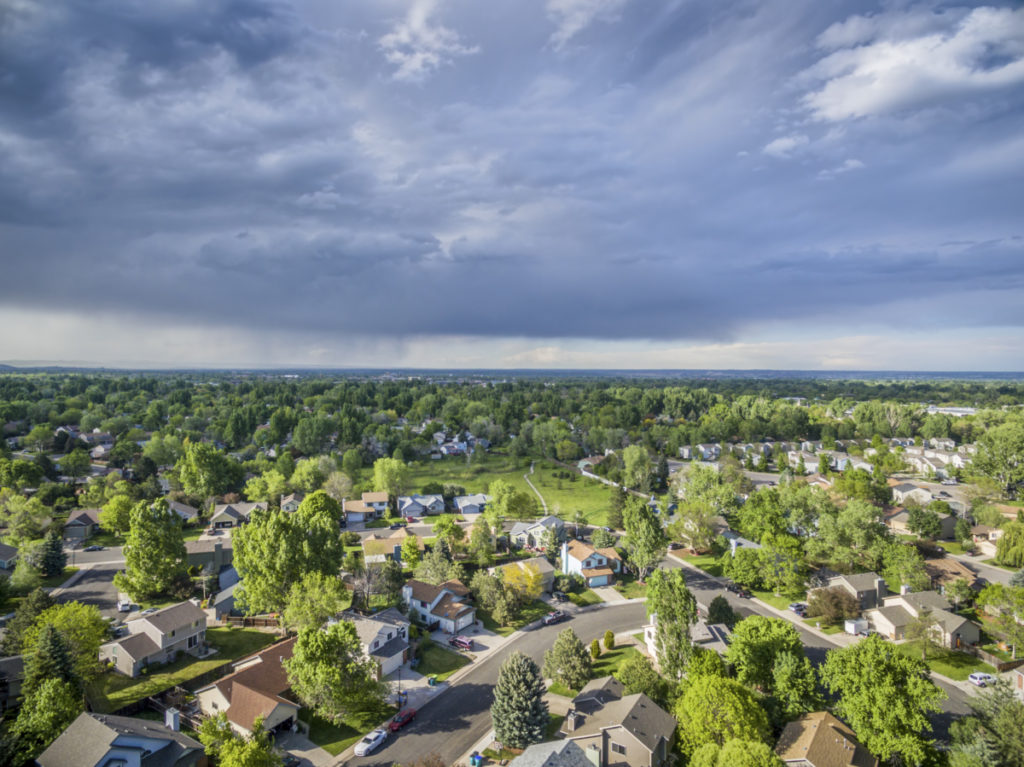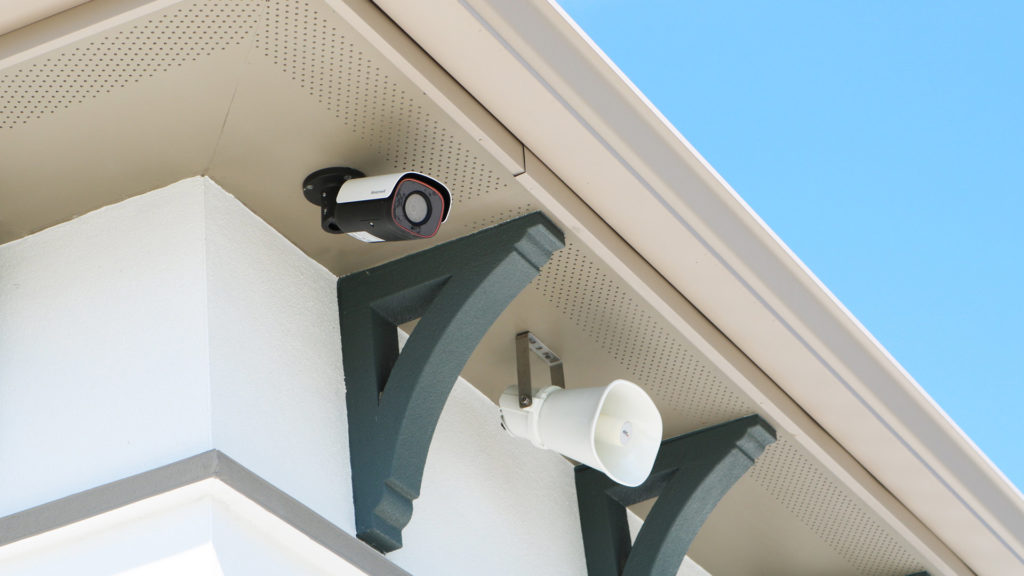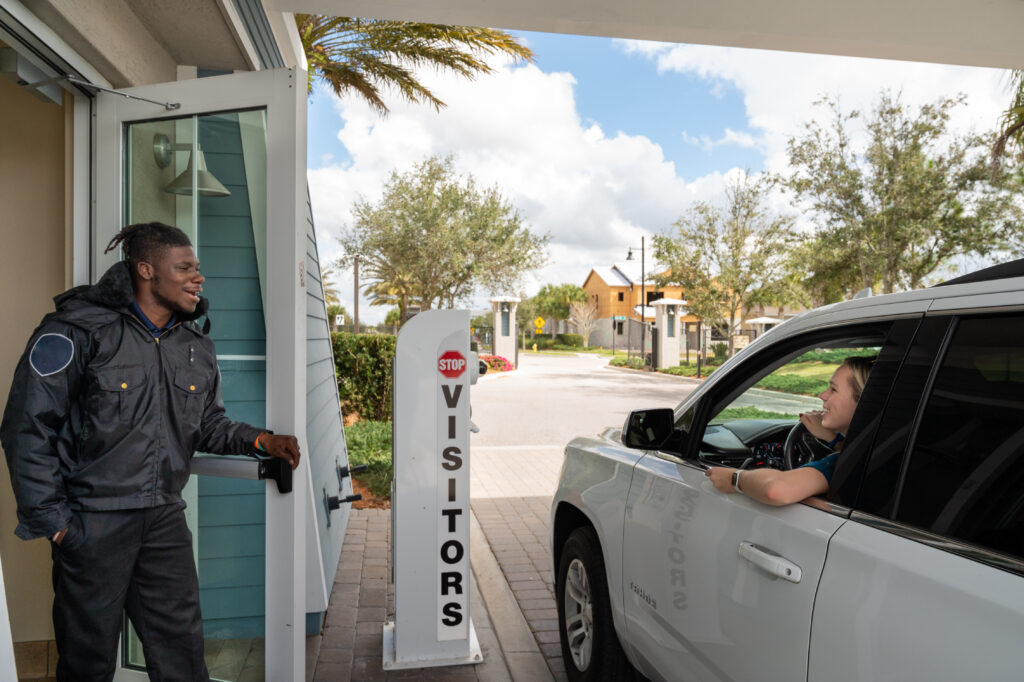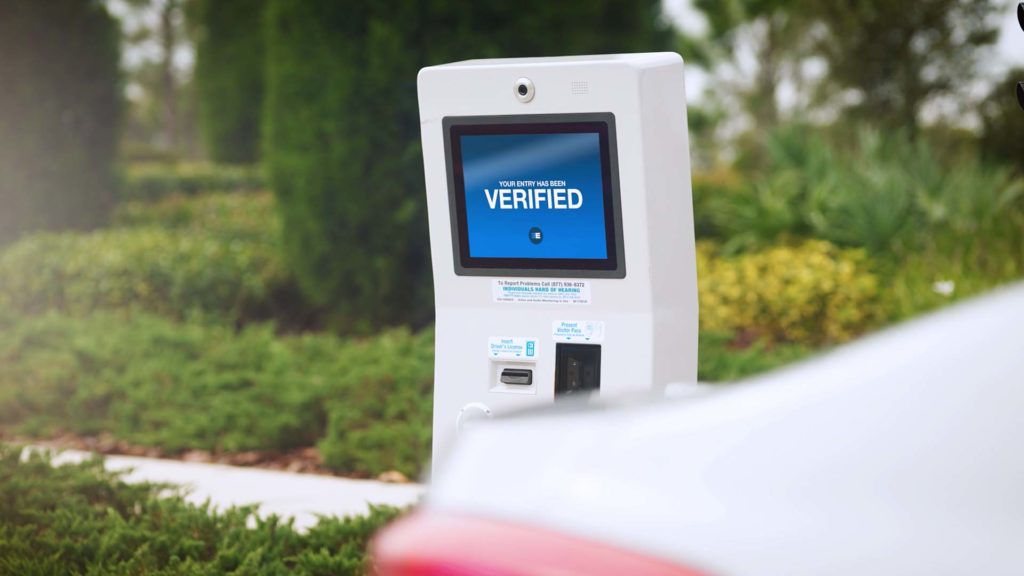This article was originally published in the FLCAJ January 2024 issue.
At least once every year, the board of directors should take the time to reevaluate their community’s vision and goals. This includes addressing the security of the association and whether or not improvements or updates are needed. So where do you even begin? There are four high-level questions that can help the board and property manager begin to determine the best direction for the community and can guide them in assessing what or who will ultimately provide the association with the security that is the best fit for their unique needs.
Are There Specific Problem Areas?
It’s a logical place to start, and the answer(s) should be obvious to you. Is there a repetitive security issue in the community? Perhaps it has happened numerous times over the past three, six, or twelve months, and you’re downright frustrated just thinking about it. Do teenagers keep jumping the pool fence or throwing furniture into the water? Has the on-site guard been absent one too many times, leaving the community open for an undetermined period? Who has access to your clubhouse? If you’re not sure or don’t have a method to manage this, then the integrity of your access control database is likely compromised.
Once you’ve determined the areas of focus, you can begin to prioritize which one needs to be addressed first in the event they cannot be handled at the same time. It is common practice to implement new and/or updated security systems in phases for budget reasons, seamless integration, or education; in some cases there might be a learning curve for residents, and more time is needed to allow for educating the community on a security phase.
Focus on these following four steps: identify, prioritize, plan, and address.
What Level of Service Is Needed or Desired for the Community?
As a board, and in conjunction with the property manager, it’s important to come to an agreement on the level of service wanted. Some associations want to manage the entire system. They just want a series of cameras installed and some access control readers; then they (as a board and/or manager) plan to oversee the video footage and access database. For smaller neighborhoods with a simple security system and a small database, this might be the best option.
Other communities require a security partner, a provider who can oversee and retrieve video footage, manage the community database, and maintain the equipment. Community security vendors may also provide services to verify visitors at gated neighborhoods, which can include additional video and audio footage, reports on visitor activity, and gate strike detection. Each vendor is going to be different depending on the specific services they can provide, and an association should determine the best fit for their needs.
What Is Your Budget?
Security systems and providers will offer a range of prices, and it’s helpful for a board to know ahead of time where their budget stands. This often ties back to organizing possible phases for systems, as well. If all areas cannot be addressed at once, work with a security partner to address them in sections. When coordinating with the same provider, the service provider can help design a scalable and expandable solution to keep the system as simple and user-friendly as possible down the road.
Maybe it’s a matter of needing to save money! Currently this is most applicable to communities experiencing a higher-than-budgeted-for expense with on-site guarding. Alternatives they are now exploring are hybrid guarding or virtual guarding for cost-efficient options that maintain a high level of security.
Hybrid guarding is the combination of on-site guards with virtual guarding, and it allows the community to split shifts between the on-site guards and virtual guards, while consolidating to one visitor management system and saving money. However, a complete transition to virtual guarding would increase the savings and allow for full use of the technological enhancements often included with a virtual gate guard system. This might include, for example, automation of approved visitors by ID, license plate, or QR code.
What Is Your Ultimate Goal?
Think about the big picture: your community’s vision. It’s hard to make a plan if there isn’t an end goal in mind. Do you want to protect the association’s investments, the new or updated amenities, or the beautiful gated entrance seamlessly? Are you looking for solutions that secure the community without being obtrusive to the residents? How involved to you want to be in the day-to-day database management, visitor activity questions, or video retrieval? These are just a few questions the collective board and community manager can ask themselves, with answers that should ultimately align with the overall lifestyle of the association.
Once you’ve addressed these four questions and the others that transpired in your conversations, you can begin to meet with your current or new provider(s) to establish and plan. Set your community up for success by outlining the goals and a timeline—once that can be determined—and communicate what the board decides is best for the entire association and why. Keep the residents informed of the vision, how it progresses, and how security changes or upgrades make a difference.
